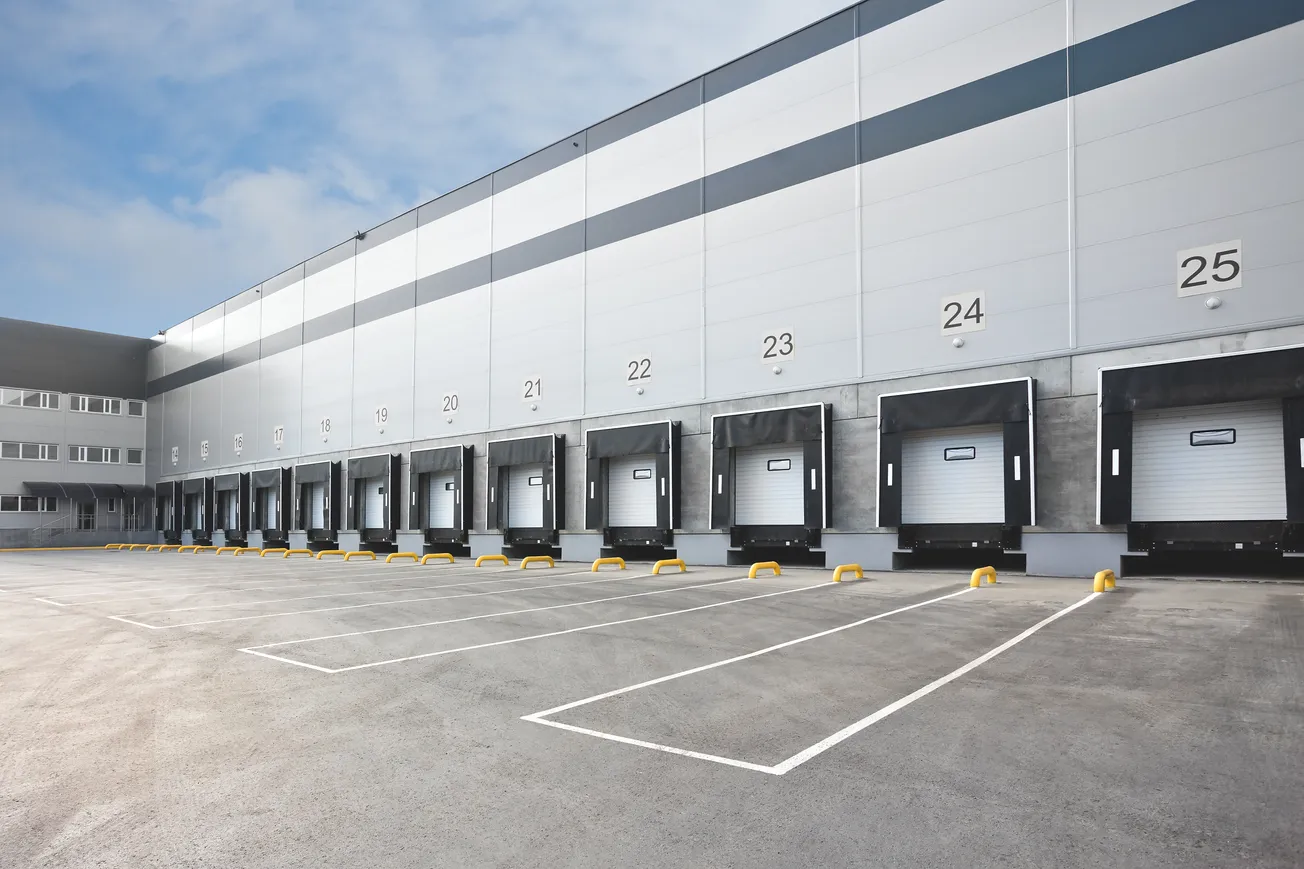Hurricane Helene’s damage across the southeastern U.S., wreaking havoc on communities, posed immediate logistical challenges for retailers with distribution networks in the region. Walmart, with an extensive network of distribution centers (DCs) along the Gulf Coast, took proactive measures to address shortages and aid recovery efforts. The retailer’s approach included activating temporary WiFi hotspots, mobile charging stations, and free meal services for affected residents.
The retailer also deployed mobile laundry services, in partnership with P&G’s Tide Loads of Hope, to areas where power outages left residents without basic amenities.
The retail giant’s disaster response dovetailed with its ongoing efforts to automate and modernize its distribution network. Since 2021, Walmart has been engaged in a large-scale initiative to equip its entire network of 42 regional distribution centers with robotics and AI-powered automation from Symbotic LLC.
DC facilities in Buckeye, Arizona, and Searcy, Arkansas that have been operational for over 25 and 35 years, respectively, are the latest to receive upgrades.
This automation overhaul doubles the capacity of each RDC, enabling Walmart to process twice as many cases per hour compared to manual processes. By 2025, the retailer expects about 65% of its U.S. stores to receive stock from these high-tech facilities.
At the heart of Walmart’s system is an AI-driven platform that optimizes product sorting, storage, retrieval, and packing, creating store- and aisle-ready pallets that simplify unloading at retail locations. This system transforms existing RDCs into high-density hubs, enhancing inventory accuracy and intake speed while reducing manual labor.
Walmart’s extensive reach means that the automation of its DCs is not only a logistical enhancement but also a strategic move toward international scalability and operational efficiency, crucial for a company with Walmart's global footprint.
They’re not the only retailer investing in distribution center upgrades, however.
Advance Auto Parts recently consolidated its distribution network into a single warehouse management system across 14 large DCs, simplifying a previously decentralized structure of 38 centers. This new configuration will allow Advance Auto Parts to close or repurpose excess facilities, transforming them into regional market hubs designed to speed up the delivery process and reduce transportation costs.
The WMS integration aligns with Advance Auto Parts' inventory management improvements, which include a system that actively manages over 300,000 SKUs. By synchronizing these systems, the company can support a hub-and-spoke model that maximizes efficiency through precise stock routing and delivery scheduling.
In the grocery field, Albertsons recently rolled out Afresh DC Forecasts, a predictive tool developed by Afresh Technologies, in 17 DCs that handle produce, meat, seafood, and deli items. This AI-powered tool automates forecasting for perishable items by analyzing factors like seasonality, promotions, and local events—elements that traditionally required DC buyers to manually synthesize data from multiple sources.
By automating this forecasting process, Albertsons enhances its ability to respond to demand fluctuations while minimizing waste. The system’s predictive capabilities also allow for better alignment between inventory levels and consumer demand, reducing the risk of stockouts or overstock in fresh categories that are highly sensitive to demand changes.
Discount retailer Ollie’s Bargain Outlet has added a new distribution center in Illinois as part of a westward expansion. The 615,000 square foot, automated center in Princeton will supply 60 stores in nine states.
The rapid adoption of automation and AI-powered tools in distribution centers reflects a larger trend across the retail industry. Retailers are under pressure to make their supply chains more agile, as they face persistent challenges, from labor shortages to disruptions caused by extreme weather events. By investing in advanced technology for logistics, retailers can mitigate risks and enhance their operational efficiency, equipping them to adapt quickly in both crisis situations and regular high-demand periods.
Walmart, Advance Auto Parts, and Albertsons exemplify how large-scale retailers are embracing technology to future-proof their distribution networks against disruptions, maintaining competitive advantage and operational continuity. As these innovations become more widespread, the role of DCs will likely expand beyond mere warehousing to encompass predictive analytics, automated labor, and climate resilience.








